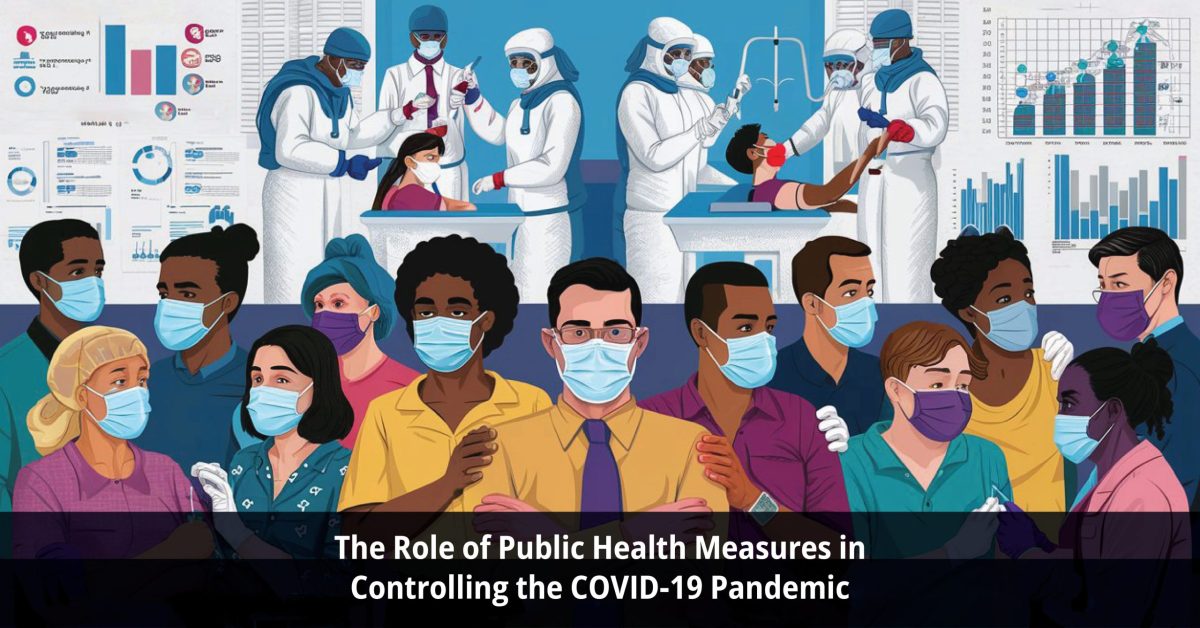The healthcare delivery scene has been radically altered, with telehealth assuming the driver’s seat in innovations aimed at managing patient care. With health systems worldwide stretched to their breaking point for most people during the pandemic, telehealth emerged as a tool that could pick up the slack between patients and providers on one end and offer possible solutions to such a socially distant situation without undue viral transmission at the same time. This increase in telehealth utilization has been accompanied by a corresponding surge of innovations changing the nature of delivery and access of healthcare services. However, it also has brought along a number of challenges that need to be addressed for the long-term sustainability and effectiveness of the telehealth solution. This paper describes what is in the future of telehealth in line with the innovations through which the specialty grows and the attendant set of challenges that need to be faced and overcome, ensuring that the full potential of the area is realized.
Innovations in Telehealth
Tele-Intake and Triage Systems
What has probably exemplified one of the greatest expansion areas in telehealth has been the development of tele-intake and triage systems for use within emergency departments. This system gives providers a way to triage patients remotely upon presentation, significantly reducing the numbers of people leaving without being seen and therefore greatly improving throughput metrics. With tele-intake, emergency departments will have an easier time streamlining their triage, making sure that patients are seen on time and congestion in the waiting area is reduced.
Emergency Medical Services Using Telehealth
Telehealth has been part of EMS delivery and has also included appropriate programs aimed at reducing unnecessary ambulance transportation to emergency departments. Coupling telehealth with social services and alternative modes of transportation, such programs help guide low-acuity patients away from the emergency department, leaving EMS resources available for higher-acuity cases. This improves not only system efficiency but also EMS efficiency since it lowers the load at emergency departments.
Remote Monitoring for Chronic Care Management
Among the several areas where lots of promise is being viewed in telehealth, one is in the management of chronic diseases. The remote monitoring platforms have offered health providers an opportunity to monitor patients with some chronic conditions like hypertension and heart disease for quite a while. These platforms offer patients, in that respect, an opportunity to monitor their symptoms and vitals at home, with the data then transmitted in real time to healthcare providers. Continuous monitoring would therefore facilitate timely identification of problems and hence early intervention, improving the outcome for patients and reducing hospitalization.
Telehealth Platforms for Specialist Consultation
Due to limitations for face-to-face consultations during the pandemic across all the platforms available, specialist visits were greatly facilitated by the integration of telemedicine. There are remote consultations between patients and specialists via telemedicine platforms; hence, there are no breaks witnessed in the continuity of care for specialized conditions. This was very critical, particularly in cardiology, oncology, and psychiatry, where the monitoring and treatment alteration are constant.
EHR Integration
Telehealth platforms integrated with EHRs automated the documentation and sharing of information about patients. The telehealth consultations are aligned with a patient record of medical history, giving a health overview status. It facilitates coordination between different healthcare providers for quality improvements through improved coordination.
Artificial Intelligence and Predictive Analytics
A relation between artificial intelligence, predictive analytics, and telehealth has been rising all the time. Artificially intelligent-driven algorithms can analyze patient data to predict some complications in health and may prescribe preventive measures. Technologies also help healthcare providers arrive at more accurate diagnoses and come up with individual treatment plans for patients. Predictive analytics identifies a trend and pattern of patients’ data; thus, this technology helps in improving population health management and resource allocation.
